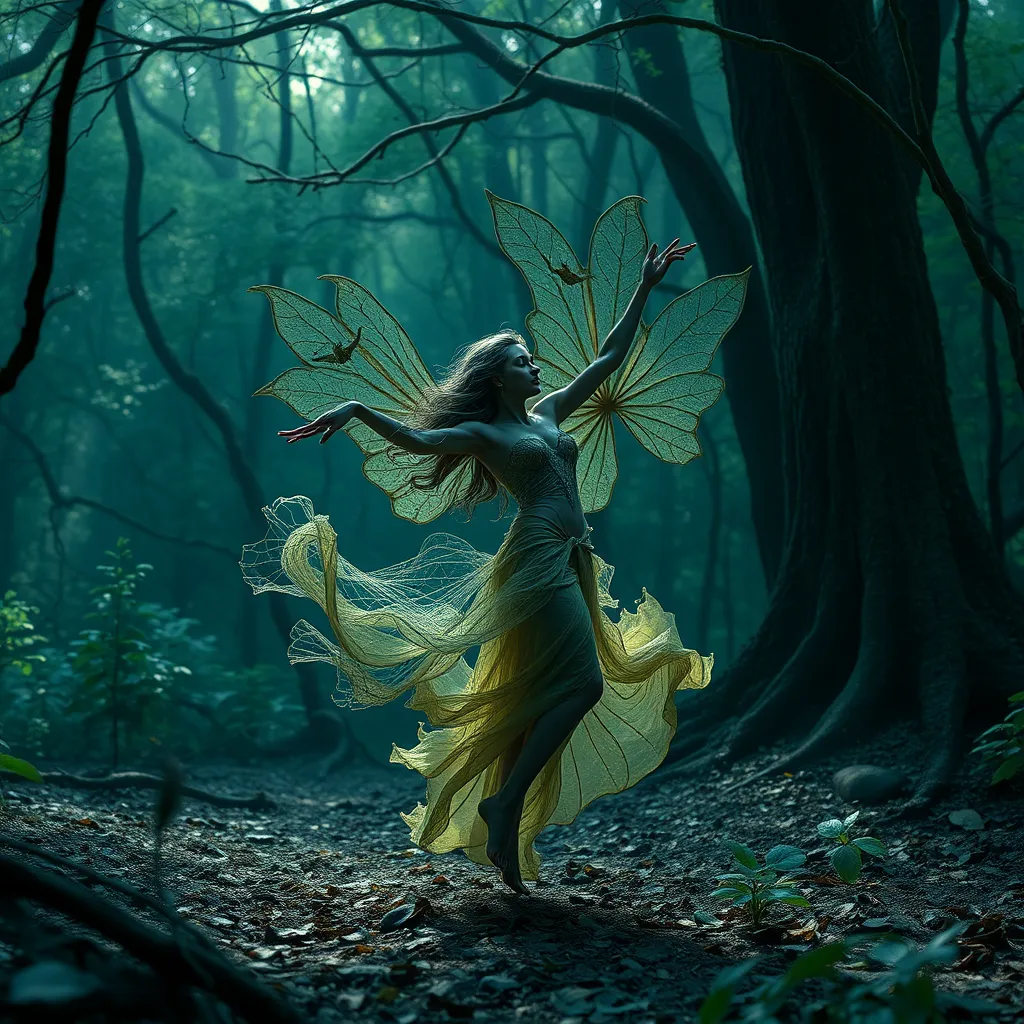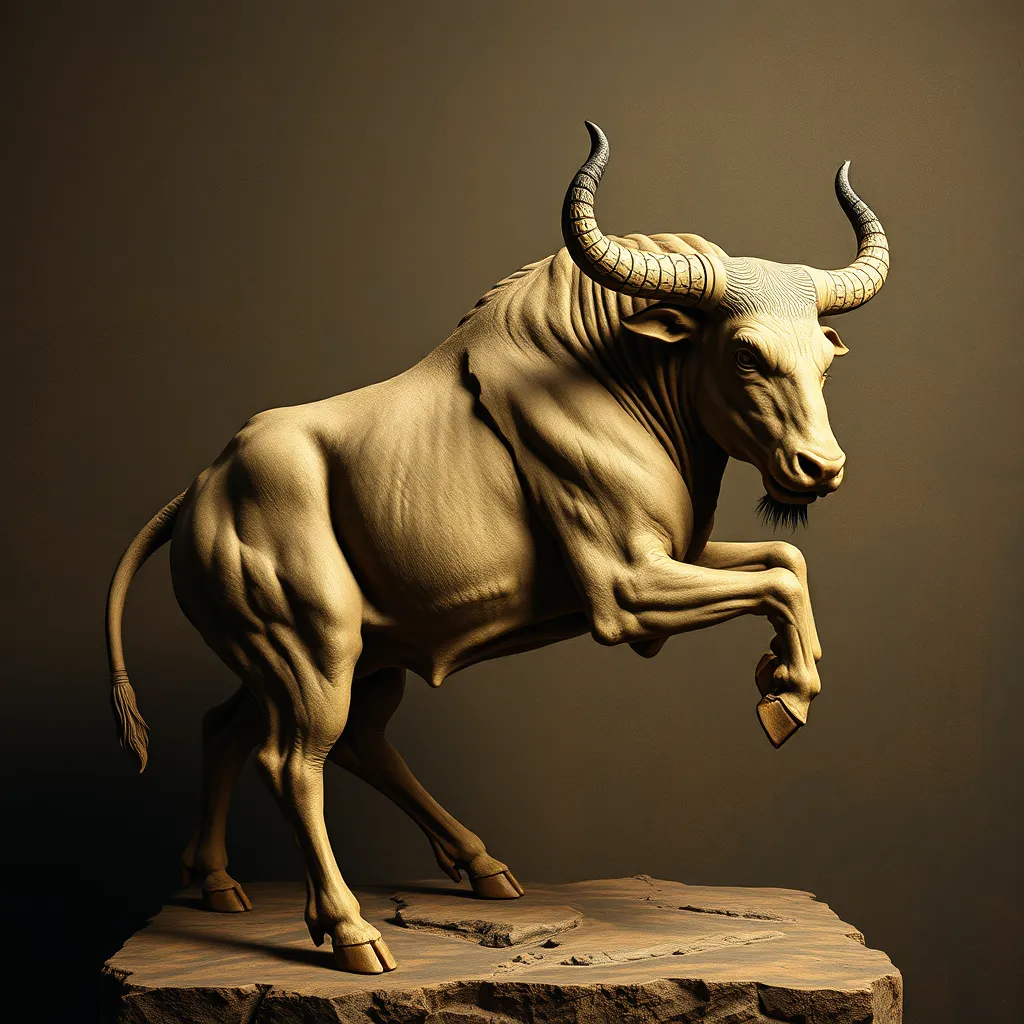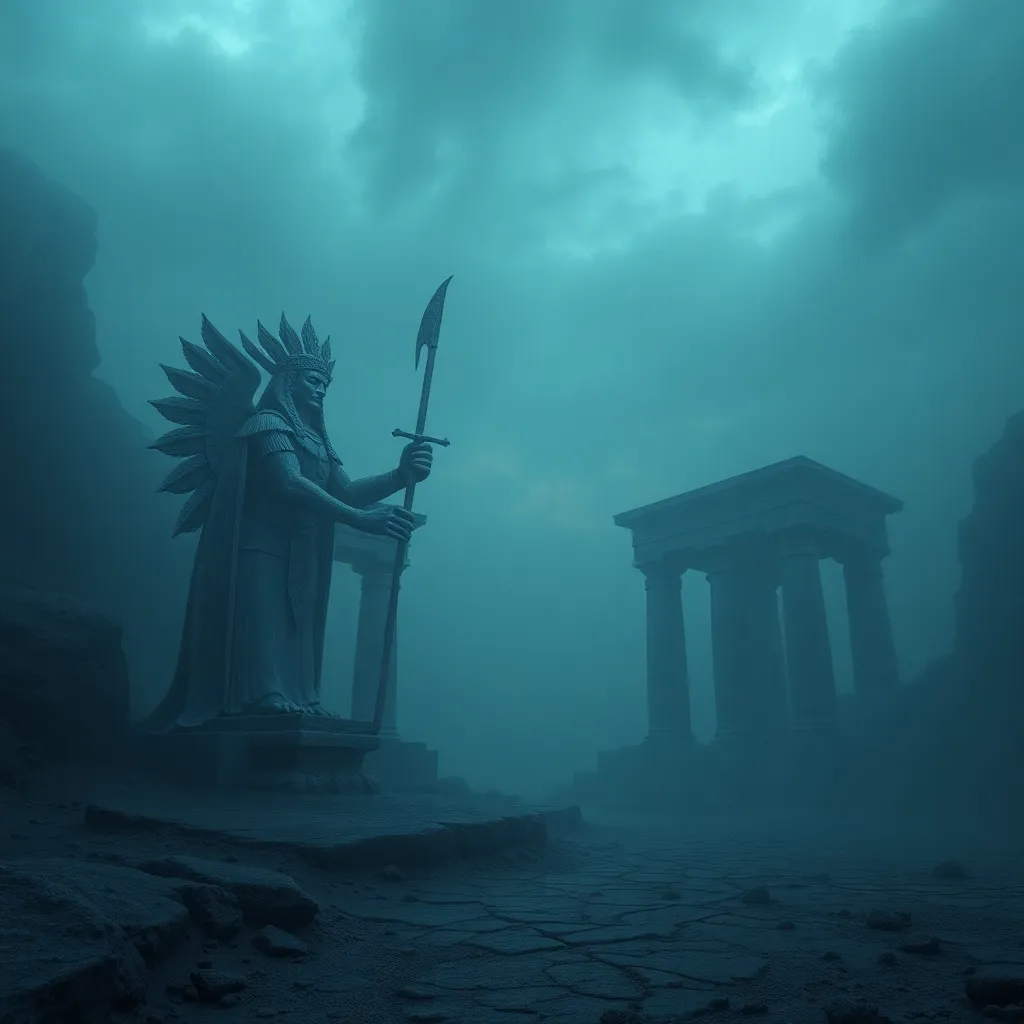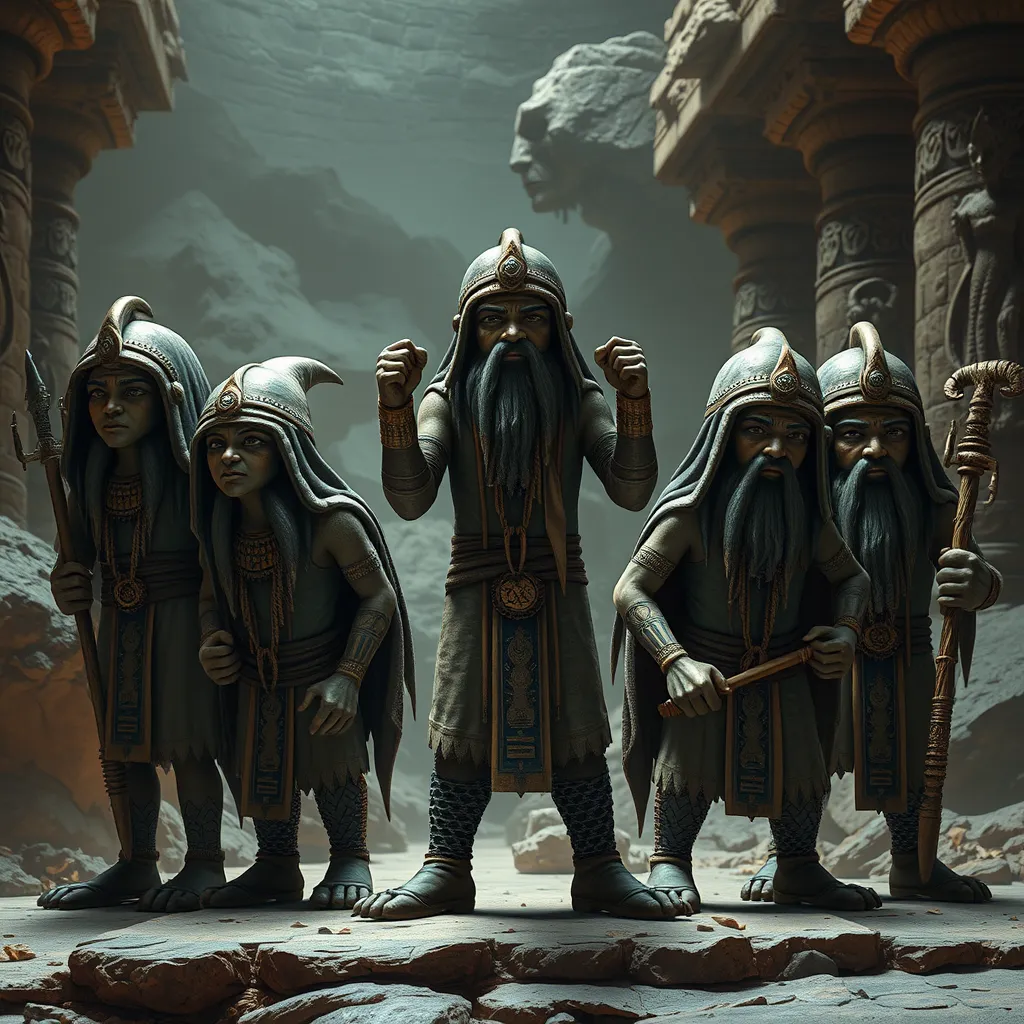Dancing with Dryads: Exploring the Mythological Nymphs of the Woods
I. Introduction to Dryads
Dryads are enchanting figures from mythology, often depicted as beautiful female spirits associated with trees and forests. These mythical nymphs embody the life force of the woods, symbolizing the beauty and fragility of nature. Dryads hold a vital place in various mythologies, particularly in ancient Greek folklore, where they are cherished as protectors of the natural world.
This article aims to delve into the origins, characteristics, and representations of dryads across different cultures and mediums. We will explore their historical roots, the types of dryads, their significance in literature and art, and their enduring legacy in contemporary culture.
II. Origins of Dryad Mythology
The mythology of dryads traces back to ancient Greece, where they were considered tree nymphs. The term “dryad” itself is derived from the Greek word “druas,” meaning “oak tree.” Historically, these beings were believed to inhabit specific trees, particularly oaks, and their life was intertwined with the health of their host tree.
The connection between dryads and nature is deep-rooted, as they were thought to embody the spirit of the trees they inhabited. If a tree was cut down, the dryad associated with it would die, emphasizing the sacred bond between these nymphs and their natural surroundings.
Furthermore, dryads have been influenced by various cultures throughout history, including Roman and Celtic traditions, which have contributed to the diverse representations of these mythical beings. The reverence for nature found in many cultures has helped sustain the allure of dryads over time.
III. Types of Dryads
While dryads are primarily known as tree nymphs, there are several distinctions worth noting:
- Tree Dryads: The most recognized type, often linked specifically to oak trees, but they can also be associated with other tree species.
- Other Nymphs: There are various kinds of nymphs in mythology, such as Naiads (water nymphs) and Oreads (mountain nymphs), each with unique characteristics and habitats.
Regional variations also exist in the depictions of dryads. In some cultures, they may be portrayed with specific traits or abilities unique to their environment. For example, in Celtic mythology, dryads are often connected to the mystical aspects of the forest.
Famous dryads from mythology include:
- Dryope: A character from Greek mythology who was transformed into a tree.
- Chloris: A goddess associated with flowers and often linked to dryadic themes.
IV. Characteristics and Traits of Dryads
Dryads possess distinctive physical and behavioral traits that set them apart in mythology:
- Physical Appearances: Typically depicted as young women with features resembling the trees they inhabit—greenish skin, hair resembling leaves or bark, and an ethereal beauty.
- Behavior: Dryads are often portrayed as shy and elusive, interacting with humans sparingly. However, they can also be playful or protective, particularly regarding their trees.
- Symbolism: Dryads symbolize the interconnectedness of life, the importance of nature, and the need for environmental stewardship. They embody the spirit of the natural world, reminding humanity of its relationship with nature.
V. Dryads in Literature and Art
Throughout history, dryads have been represented in various forms of literature and art:
- Classical Literature: Dryads appear in works by ancient poets such as Ovid and Homer, often depicted in the context of love and nature.
- Renaissance Art: Artists like Botticelli and Raphael incorporated dryadic themes into their works, emphasizing their beauty and connection to the natural world.
- Modern Interpretations: Contemporary literature and films, such as “The Chronicles of Narnia” and “The Secret of NIMH,” feature dryads or dryad-like characters, showcasing their enduring appeal.
VI. Dryads and Their Role in Nature
Dryads are not just mythical figures; they represent important themes related to nature and the environment:
- Environmental Themes: The lore of dryads often highlights the significance of preserving forests and the natural world.
- Significance of Trees: Trees are central to dryad mythology, symbolizing life, growth, and the interconnectedness of ecosystems.
- Protectors of Nature: Dryads are often depicted as guardians of the woods, emphasizing the need for humanity to respect and protect the environment.
VII. The Legacy of Dryads in Contemporary Culture
The influence of dryads extends into modern culture, particularly in fantasy literature and media:
- Fantasy Literature: Authors like J.K. Rowling and Neil Gaiman have incorporated dryadic themes into their works, inspiring a new generation of readers.
- Video Games: Dryads frequently appear in role-playing games such as “Dungeons & Dragons” and “The Elder Scrolls,” where they are often portrayed as mystical beings with magical abilities.
- Modern Adaptations: Dryads continue to be reinterpreted in various forms, from animated films to graphic novels, reflecting their timeless allure.
VIII. Conclusion
In summary, dryads are captivating figures in mythology, embodying the beauty and importance of nature. Their historical roots, diverse representations, and symbolic meanings resonate with contemporary audiences, reminding us of our connection to the natural world. The enduring fascination with dryads encourages exploration of nature and its myths, inspiring appreciation for the environment and its mystical inhabitants.



